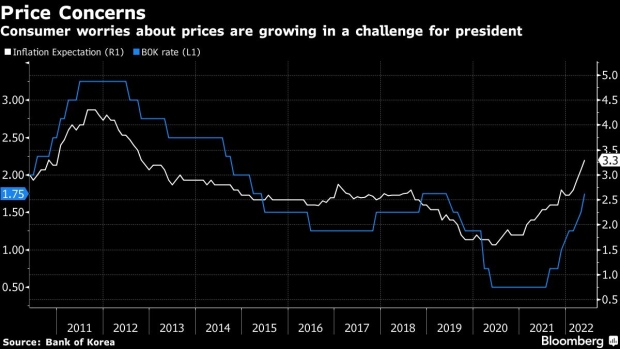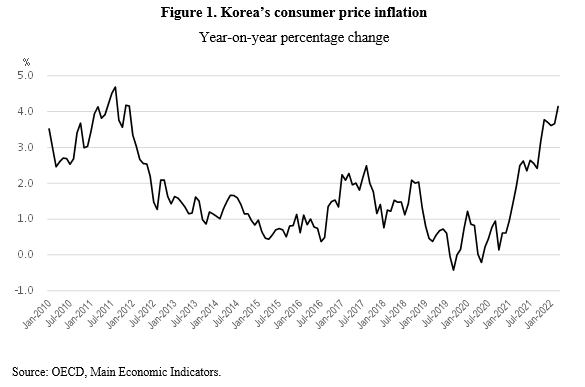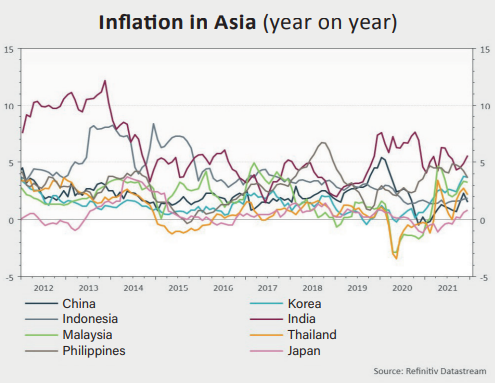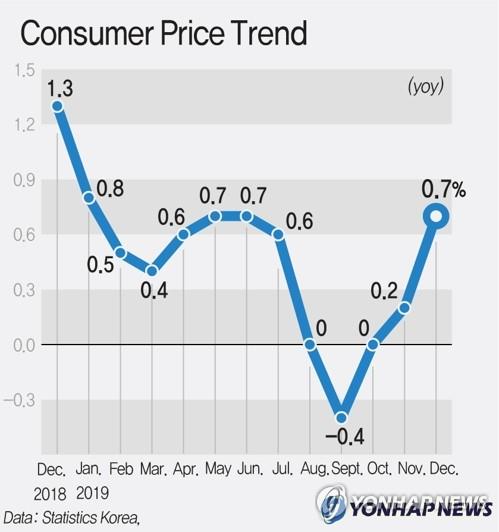In 2013, the inflation rate in South Korea was relatively low, averaging at around 1.7% for the year. This was a significant improvement from the previous year, when the inflation rate had reached a high of 3.2%. The low inflation rate in 2013 was due to a number of factors, including a slowdown in economic growth and a decrease in global commodity prices.
One of the main drivers of the low inflation rate in 2013 was the slowdown in economic growth. South Korea's economy had been growing at a strong pace in the preceding years, but in 2013 it began to slow down. This was due to a number of factors, including a slowdown in global demand for South Korean exports and a decrease in domestic consumption. As a result, there was less upward pressure on prices, and the inflation rate remained low.
Another factor contributing to the low inflation rate in 2013 was the decrease in global commodity prices. South Korea is heavily reliant on imported raw materials and energy, and fluctuations in the prices of these commodities can have a significant impact on the country's inflation rate. In 2013, there was a sharp decline in the prices of many commodities, including oil, which helped to keep the inflation rate in check.
Overall, the low inflation rate in 2013 was a welcome development for South Korea, as it helped to keep consumer prices stable and allowed the country's central bank to maintain a low interest rate environment. This, in turn, supported economic growth and helped to keep the economy on a stable footing.








